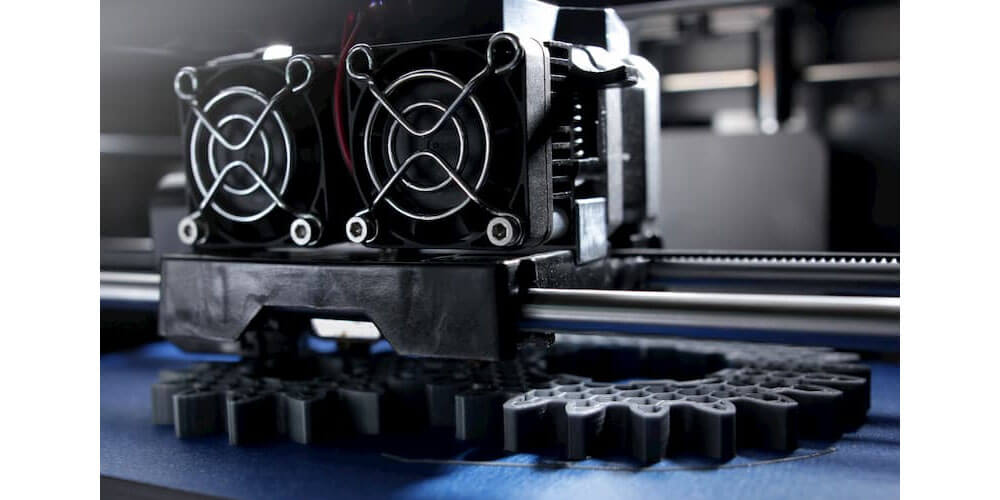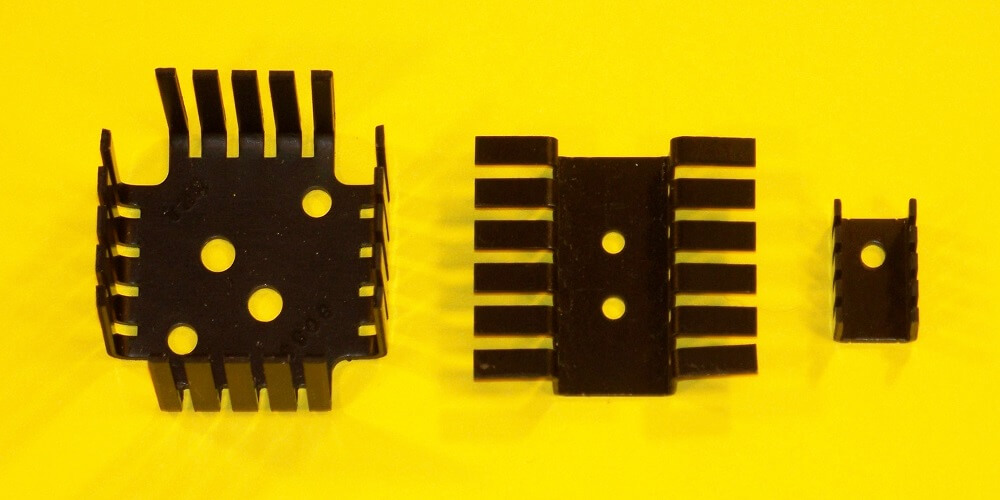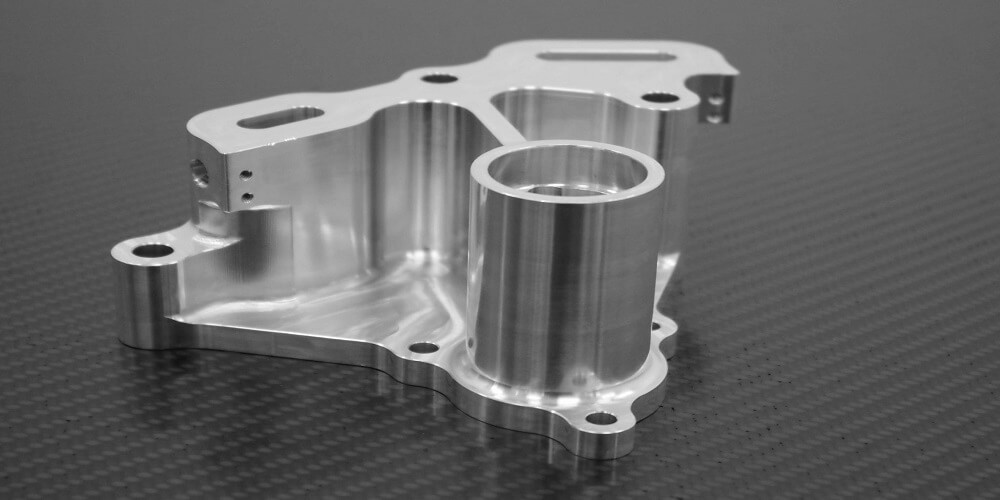If you are planning to purchase goods from overseas, you need a couple of considerations before accepting international orders. Taking your business to the international level is the right mindset, but you need to figure out the best strategies regarding logistics that can impact your business. Keep in mind that procedures can be more complex compared to local shipments. Dealing with China fulfillment could be a good idea because you will experience the best logistics that could favor your business and save on costs. This article provides the necessary information you need to know before you consider shipping internationally.
Understand the shipping restrictions
When you expand your business borders and opt for international shipping, you need to understand the restrictions regarding that country. You might make purchases but fail to ship them conveniently because of given restrictions. You will not want your products to be held by customs and end up wasting your resources dealing with such scenarios.
As such, there is a need to inquire and consult your international wholesaler about the legal procedures you need to approach before shipping your products. Similarly, identify the items that are prohibited or are only restricted to domestic markets. Ensure you sign proper paperwork that outlines the correct protocol as well as the regulations regarding international shipping.
Estimate the transit time and costs
You probably understand that international shipping might take longer compared to domestic shipping. Regardless, your customers will be expecting their orders and purchases as quickly as possible. In this case, you need to commit and ensure you estimate the shipping time appropriately when ordering products from overseas.
The transit time and cost will depend on the means of transport used. While this is true, a merchant must look at the cost and products to ensure orders get to their hands quickly and still benefit the business. In this case, you need to figure out whether the products can survive on a cheap sea trip or they could be perishable and require quick but expensive delivery.
Understand the customs, duties, and taxes
Before shipping any goods from overseas, your country must clear customs before delivery is allowed. As a merchant, you need to understand the custom terms based on the items you are shipping and whether the items are allowed. Besides, you should ensure that you clear and correctly pay the country-specific taxes and duties.
Keep in mind that these fees will vary depending on the country the product is shipped to, as well as the value of your shipments. Before you purchase items from wholesalers in any particular country, ensure there are no chances of getting trouble keeping up with the customs fees.
Documentation
Documentation is critical for international shipment. It would help if you were sure to get your paperwork done correctly and that every document is included to avoid problems during delivery. A commercial invoice is a standard document you should check in detail to ensure all information is correct. The document includes details of the sender, receiver, and the information of the products you are shipping. There is also information regarding the country of origin and the value of the shipments. The rest of the documents you should include are the certificate of origin, shipment export declaration, NAFTA certificate of origin, and electronic export information. You will expect a smooth shipment when you learn about all the necessary shipment documentation.




